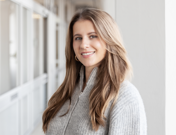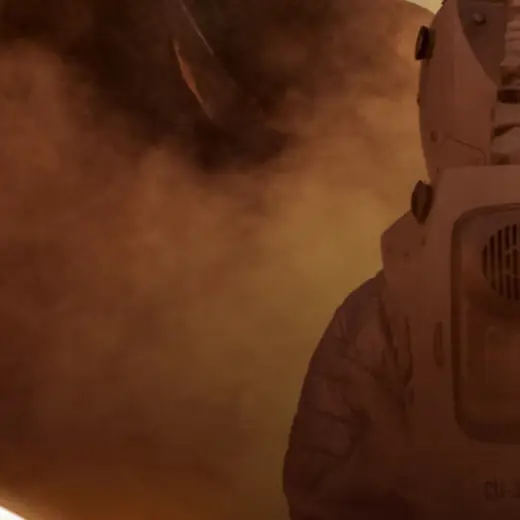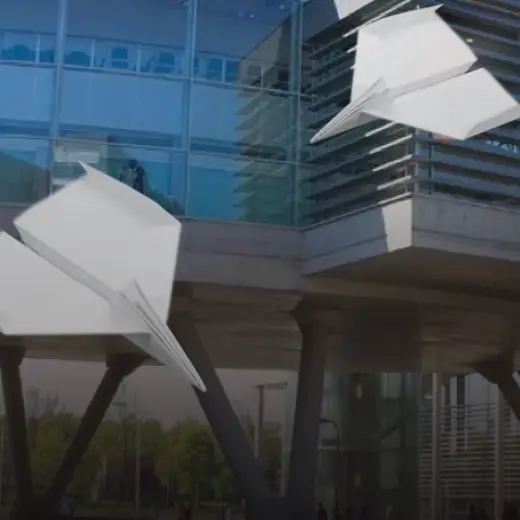How did you get into design?
I didn't start out expressing my creativity visually. It all began with my fascination for computers and technology. I pursued communication studies, but soon realized this wasn't my true calling. The turning point came when I was assigned to design a magazine and became captivated by its visual aspects. Although it wasn't the most visually stunning creation, I really enjoyed the process.
Then, my girlfriend suggested to explore the Communication and Multimedia Design study. This step proved transformative as I gained valuable experience at Fonto, an internet company in Rijswijk I worked for during my internship. Working there fuelled my motivation for further studies, as everything seemed to fall into place. It was at Fonto that I delved into front-end development, user research, and both interaction and print design. I also discovered my interest for functional design, particularly in UX. This role allowed me to expand my skills in interaction design, user research and end-to-end project setup.
Let AI handle the mundane tasks while we humans delve into the realms of our weird and wonderful imaginations.
What triggers your interest the most in UX design?
What I love about UX is how all the activities intertwine to create something remarkable. It's the fusion of super creative minds and analytical thinkers that sparks true innovation. Without this collaboration, we risk developing impressive solutions to the wrong problems or simplistic answers to well-understood issues. Both aspects are vital and complement each other beautifully.
Take DotControl, for instance. Research plays a crucial role there, tailoring each project to a unique blend of expertise. Factors like the novelty of the problem, existing knowledge, best practices, and the client's desired solution shape the specialized mix required. When the aim is to disrupt the market and craft ground-breaking solutions for previously solved problems, we utilize a distinct combination of skills.
What is your role within your team?
As the Design Team lead, my role is to guide and foster the growth of my team. I oversee projects, ensuring the right mix of talents and skills to achieve success. I strive to challenge and support each team member, identifying their needs and pushing them to excel. Fortunately, I also have the opportunity to engage in design work myself. Though I'm relatively new to this position, it allows me to have a broader perspective. I continuously seek personal growth by stimulating my critical thinking abilities, embracing constructive friction, and expanding my expertise in conceptual and graphical design.
What do you love about your job?
What truly excites me is being able to empower others to overcome challenges on their own. It's so cool to witness someone realize their own potential and see them grow first-hand. A remarkable transformation occurs when a team collaborates and leverages each other's strengths to achieve exceptional outcomes. In our design team, we boast a diverse range of specializations, enabling us to craft truly innovative solutions together.
What project are you most proud of?
De Nationale Bioscoopbon! The collaboration in this project was really fruitful. We collaborated with UX'ers to set up the creation flow. Motion who then brought this to life and then Selmore's Art Directors who took care of the graphics and branding side. But also, growth, development and, of course, the client itself. This led to an outcome we can be proud of. It really is something distinctive. You also notice this in the attention and awards it wins.
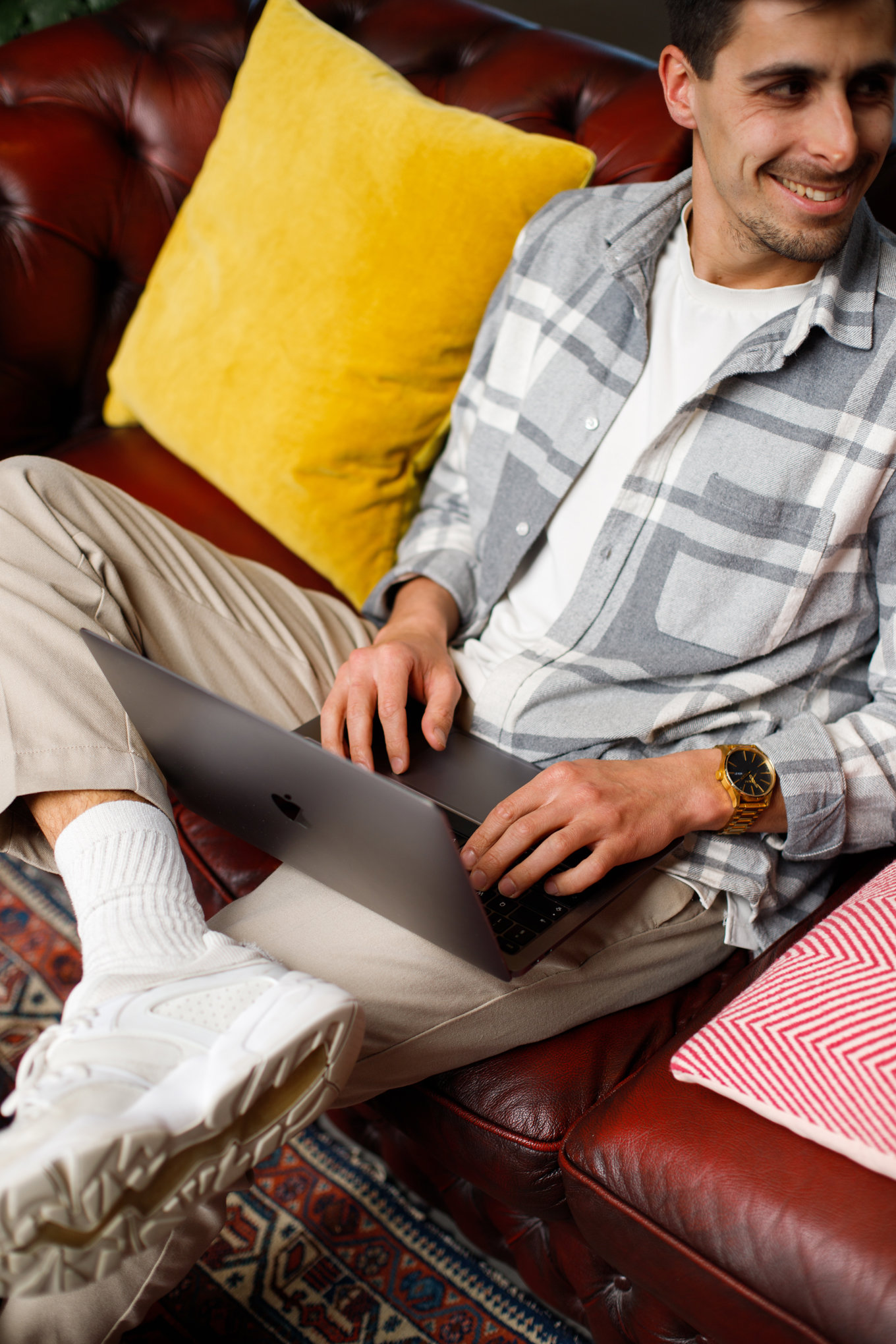
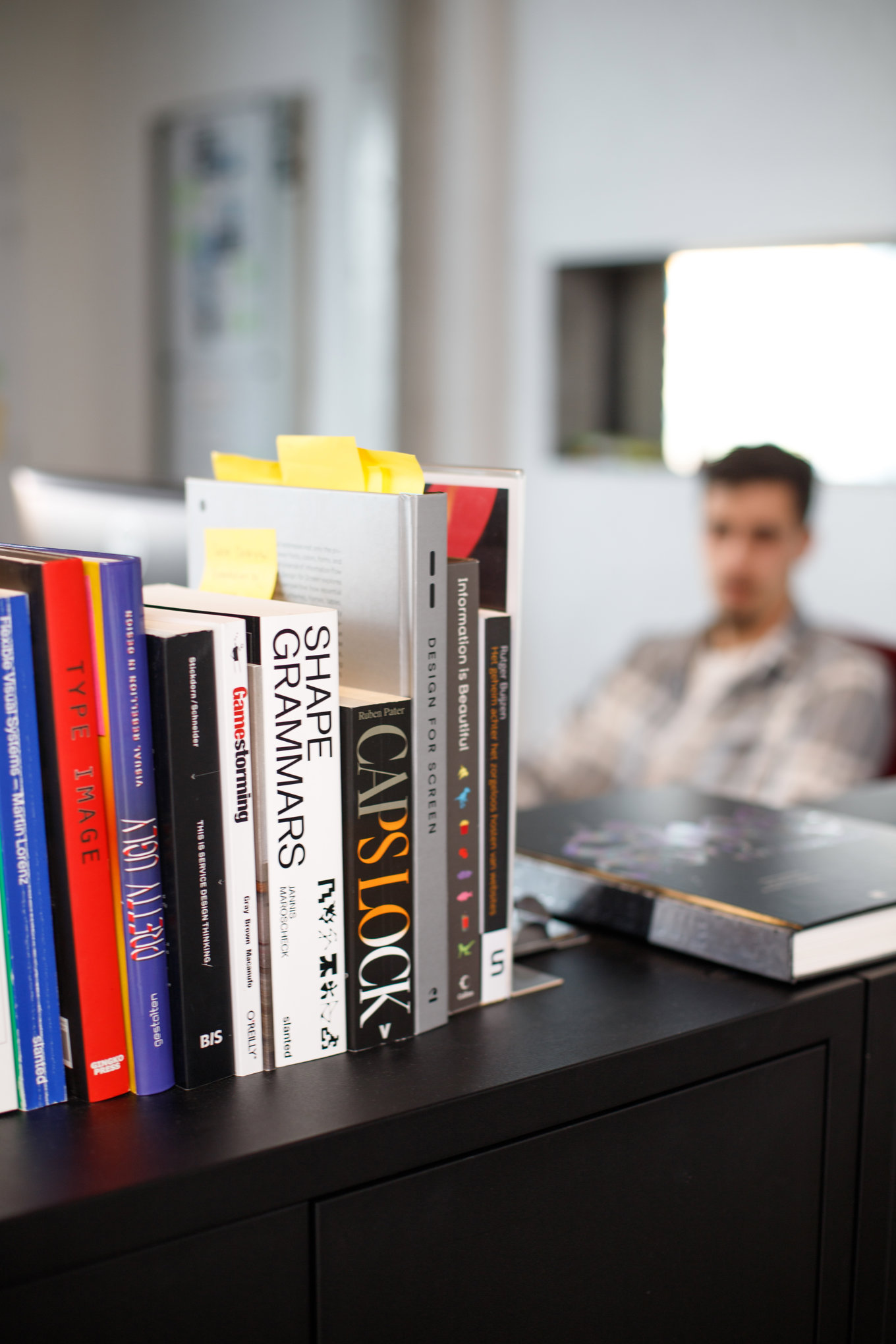
If you weren’t a lead designer, what career would you have?
When I was a kid, I always wanted to become a chef. I was drawn to its creative nature and the ability to bring tangible, physical creations to life. To be honest, it's a welcome break from my digital world, where I crave to make something real. But here's the twist: I secretly dream of being a musician too. Despite having the talent, I lack the drive to pursue it seriously. It would be a challenge but hey, it would also definitely be an adventure!
If you could choose any client to work with, who would be your dream client and why?
I can't name a specific company. But my ideal project? That would be one where I can bring about positive change, while incorporating humour in the concept. Working in the digital landscape sometimes makes it hard for me to really “connect” with what we create. But knowing we made a positive impact helps me to still get the satisfaction I seek in my work. And then I’d love to combine that with humour because I believe it is a very powerful communication tool. Emotion always makes a design stronger and more memorable. Also, I generally consider humour to be a key element within the work environment.
What emerging technologies and trends do you predict will shape the future of design?
It’s kind of an open door, but AI's role in our future is undeniable. Its application holds immense value, for example for those with limited budgets to create on-brand design content like photography or copywriting. However, as we embrace AI-driven creativity, for me personally, a moral objection arises as well. The essence of being human lies in our ability to come up with unique ideas that make us who we are. Let AI handle the mundane tasks while we humans delve into the realms of our weird and wonderful imaginations. In the grand scheme of things, human ingenuity remains essential; the AI coin has two sides.
What current trend or development in UX design are you most excited about?
I love that motion is becoming less and less optional in design. It is increasingly becoming something that belongs in your toolkit, much like colour and typography. This is important to me because motion does not just add value visually, but also in usability, intuitiveness and joy. Motion is a very powerful weapon to make things understandable because it’s how the “real world” works as well. In nature, things never go from state A to B instantly: there is always a transition. Therefore, I am really happy to see that motion tooling gradually becomes easier, and patterns become more conventional. In a way motion is maturing, making it more approachable and within reach for more and more businesses.
